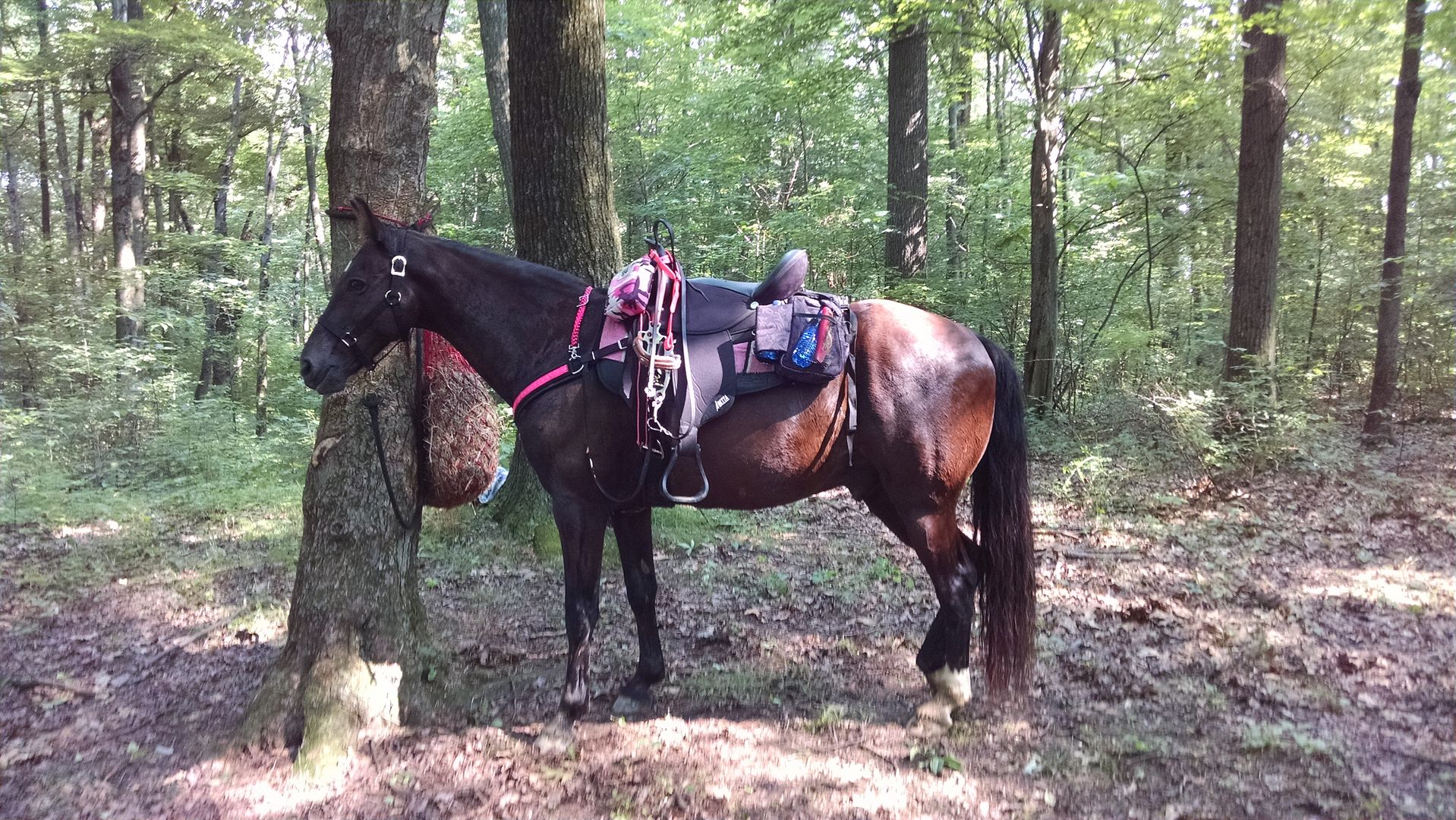 |
| Singular passion - I haz it |
Thank GOODNESS the age of the Internet came. Even though I no longer read books very often at all, I read as much or more than when I was a child spending days at a time with my nose in a book. Because of the internet, I've been able to continue to expand my knowledge base every day. It's amazing to me how much modern science has shown us that what we once knew, was wrong. People who keep, train and breed horses are a special breed. Despite the age of technology, much of the knowledge in the horse community is based on tradition not founded in fact.
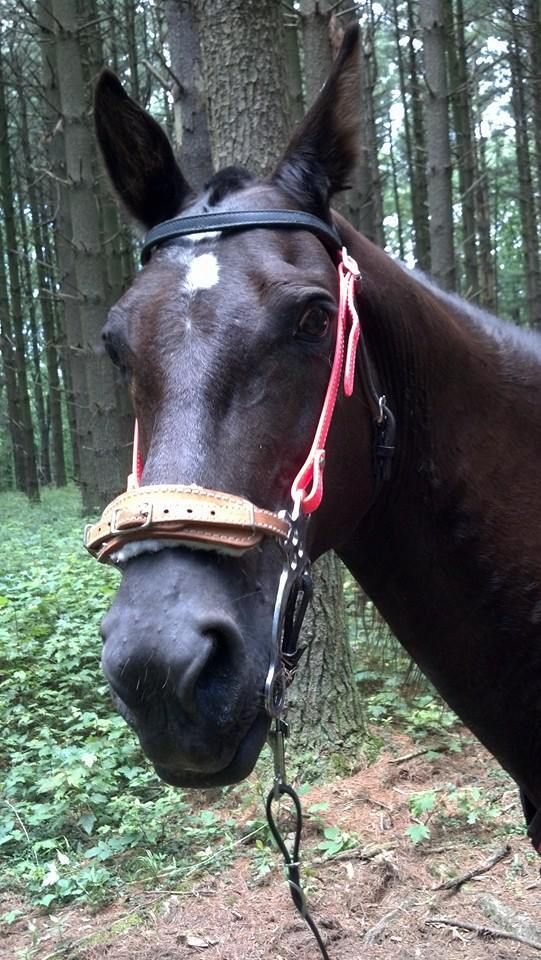 |
| "Really?!" |
Although I've not been an easy sell myself, one of those traditions that I have taken a long, hard look at, are hooves, and nailing metal horseshoes to them. For centuries, man has nailed metal shoes onto horse hooves to prevent chipping, splitting and cracking. Domestic horses have to have their hooves trimmed on a routine bases to avoid growing slipper feet - yet, their feral counterparts do not need horseshoes or to have their hooves trimmed. They live their entire lives without ever needing a farrier. Why is that?
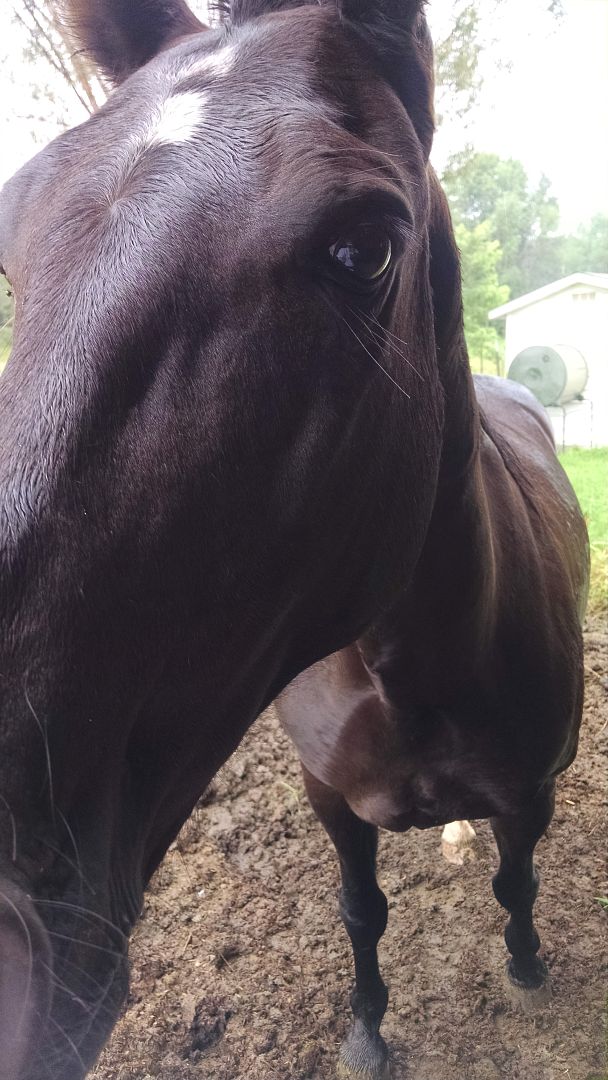 |
| "I don't know, why?" |
Enter the Barefoot Movement and the ways that this movement, through scientific testing, study and observation, have decided is the best possible environment for horses to be kept in domestication. One only has to do a rudimentary search for the terms "barefoot hoof" and they will be inundated with website after website of dedicated hoof care professionals who are preaching this 'new' way of feeding, trimming and housing our horses to allow them to have the best hooves they can in captivity. This leads to overall better soundness and health over the course of the horse's life.
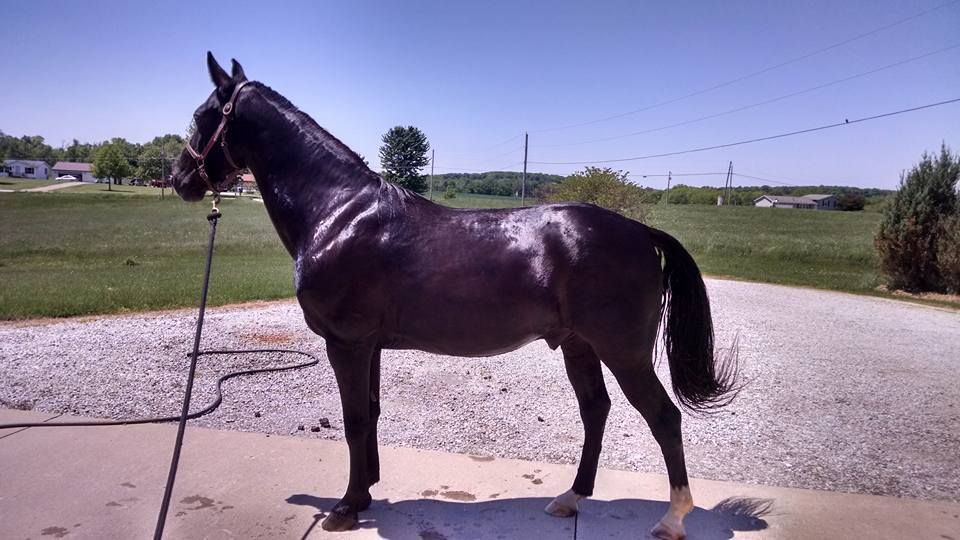 |
| A picture of health - and barefeet |
Here's the skinny of it: Horses are designed to travel around 20 miles per day, finding food, water, shelter and so on. They travel these 20 or so miles on most often very rugged terrain. Mustangs, Brumbys, and many other types of feral horse live in fairly arid, rocky areas. Their hooves acclimate to these conditions, and therefore are perfectly sound and comfortable galloping across these harsh surfaces. However, once you capture a mustang with these rock hard hooves and keep him in a pen for domestication, it will then need to be trimmed. Why? Lack of movement. Our horses would not need trimmed either if they were running over 20 miles of that kind of terrain.
Now knowing this about the feral horse populations and studying the reasons for "why" and coming up with the "how", we can see where we are going wrong for our domestic horses and why they do not have hooves as healthy as their wild relatives. So, we nail on metal horseshoes, the holes introducing bacteria inside the protective hoof wall, preventing the hoof from flexing, contracting and expanding as we now understand is what it needs to do, reduces blood circulation in the lower extremity and keeps the frog and sole from doing their part in the program - the frog needs to pump blood back up the leg each time the horse takes a step and compresses it, and the sole needs to be able to develop a hard callous to protect the sensitive tendons and bones that are suspended inside the hoof by the laminae.
Horses shod with traditional metal horseshoes commonly have complications from this type of hoof care, but because it's tradition it's hard for shoers to acknowledge this. Contracted heels, long toes, chronic thrush, white line disease, abscesses, sheared heels, navicular pain (generic term used to describe hoof pain), mechanical founder, bone spurs, atrophied frogs, thin soles to name a few. All just part of keeping horses shod. So I asked myself, "Is it really too much trouble to change?"
Low sugar diets, living space containing abrasive surfaces and tracks that encourage movement are paramount. Performing a balanced barefoot trim using the feral horses as the ultimate goal is mandatory. Hoof boots that can be put on for riding and taken off when the job is done while the horse is transitioning and developing the best barefoot hoof he can possibly have. Compared to the long list of complications that I'm simply used to dealing with, is it really too much trouble for a healthier, happier, sounder horse? No, it's no trouble at all.
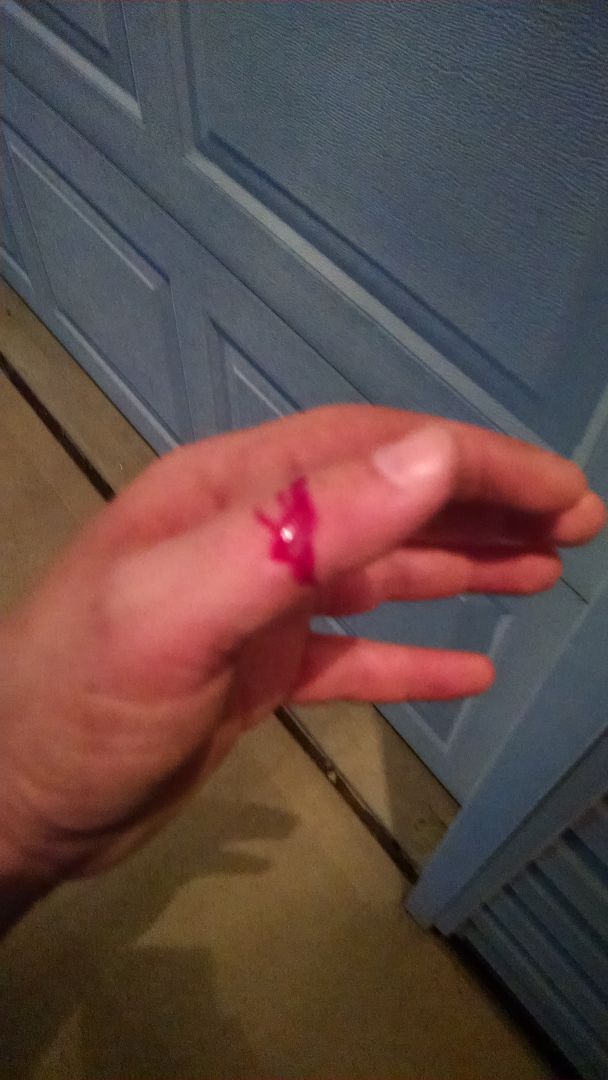 |
| Well, maybe it's a little trouble. Let's just say, there's been a slight learning curve when it comes to handling the trimming tools. Especially that #($*&%^ rasp. |
I've got the trimming down now, for the most part. My horse's hooves have never looked better. He is still tender on sharp rocks, but he has hoof boots for riding where rocks will be an issue. We go on in-hand walks on back roads so that the abrasive yet comfortable surface can help him develop that sole callous that will ultimately keep him comfortable on rocks even without his hoof boots. The water trough and grazing areas are separate and he has to travel to the barn in order to get a drink - encouraging movement. I have plans in the planning stages to add a large track of gravel in the most heavily traveled areas that tend to be mud pits. Might as well eliminate the mud and grow beautiful hooves all in the same process right?
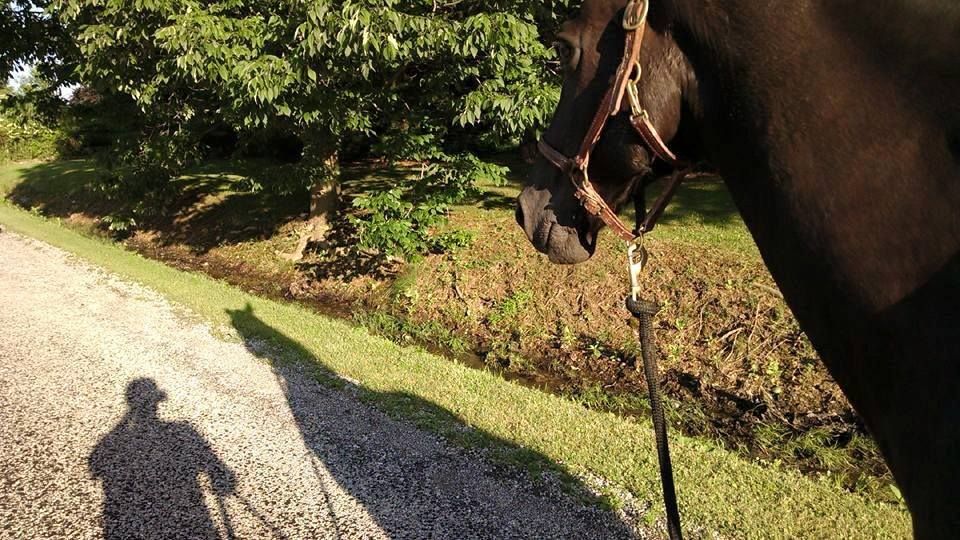 |
| Walking down the road together. Exercise for both of us and hoof conditioning for Guinness! |
Guinness has not worn a steel shoe since the beginning of October, 2014. They say that it takes about a year for a horse to grow a completely new hoof. I'm confident that I'm doing right by my horse, and that we will both reap the benefits in the long run.
 |
| "Boots Are Better! Thanks Mom!" |
No comments:
Post a Comment